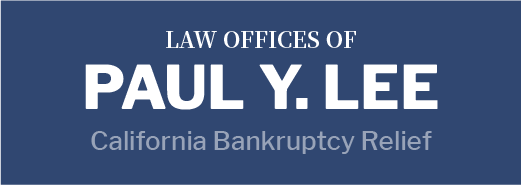
Aging in the United States presents unique financial challenges. Approximately 26% of Americans aged 65-74 are still working, along with 7.3% of those 75 and older. By 2030, the number of seniors 75 and older in the workforce is expected to nearly double. While some work longer due to longer life expectancies and medical advancements, many do so because they can’t afford to retire.
In 2024, the average monthly Social Security retirement benefit is less than $1,800, which is insufficient in high-cost areas. Therefore, safeguarding a solid retirement account is crucial. Read on how bankruptcy can help you achieve that goal and then contact The Law Offices of Paul Y. Lee at 951-755-1000 for a free legal consultation.
The Importance of Protecting Retirement Accounts
Many retirement accounts, such as employer-sponsored 401(k) accounts, are shielded from creditors. This means that creditors cannot claim against these accounts if you have unpaid debts. However, IRA accounts and other private retirement accounts may not have the same level of protection. California law protects the amount necessary for the support of the debtor and their dependents during retirement, which can vary based on individual circumstances like age and income.
The Risk of Cashing Out Retirement Accounts to Pay Debt
While withdrawing funds from your retirement accounts might seem like a quick solution to debt problems, it often leads to further financial issues. Employer-sponsored 401(k) accounts can be cashed out when you leave a job or reach age 59 ½, with some provisions for hardship withdrawals. However, early withdrawals from a 401(k) or IRA come with penalties. Many in debt see these accessible funds as a way out, but this is usually a bad idea.
For younger individuals, replacing those funds may seem possible, but it’s often unrealistic due to the compounding growth of larger account balances. Older individuals aiming to clear debts before retirement diminish the funds needed for a secure retirement, which are hard to replenish.
The Vulnerability of Retirement Distributions
Even though 401(k) and some other retirement accounts are protected from creditors, this protection vanishes once the money is withdrawn. Lump sum withdrawals or monthly distributions move the funds into bank or investment accounts, making them susceptible to creditor claims. Significant debts can severely reduce the funds meant for retirement, leaving retirees with insufficient resources.
Utilizing Bankruptcy to Protect Retirement Funds
In California, the average retirement account balance is just over $450,000. This amount, combined with Social Security benefits, could sustain someone for nearly a decade, even in high-cost areas. However, substantial debts, such as medical bills or credit card debt, can drastically reduce these funds when they are distributed and no longer protected.
Chapter 7 Bankruptcy and Retirement Funds
Chapter 7 bankruptcy can be an effective way to eliminate the risk to your retirement funds by discharging unsecured debts like medical bills and credit card debt. This process can clear your debt while protecting your retirement accounts, including non-ERISA accounts like IRAs. However, once retirement funds are distributed, they become non-exempt and vulnerable in Chapter 7 proceedings.
Chapter 13 Bankruptcy and Retirement Funds
In Chapter 13 bankruptcy, the same exemptions for retirement accounts apply, but it offers different advantages, particularly for secured debts such as mortgages. Chapter 13 allows you to pay past-due balances over three to five years while maintaining regular payments. This can prevent foreclosure without tapping into retirement funds, a viable alternative to hardship withdrawals from 401(k) plans.
Consult a Bankruptcy Lawyer for Guidance
Navigating bankruptcy and retirement planning can be complex, but you don’t have to do it alone. If you’re struggling with debt, consulting an experienced bankruptcy lawyer at The Law Offices of Paul Y. Lee can help you understand your options and protect your retirement. The initial consultation is free, so call 951-755-1000 today or fill out the contact form on this page to get started.

